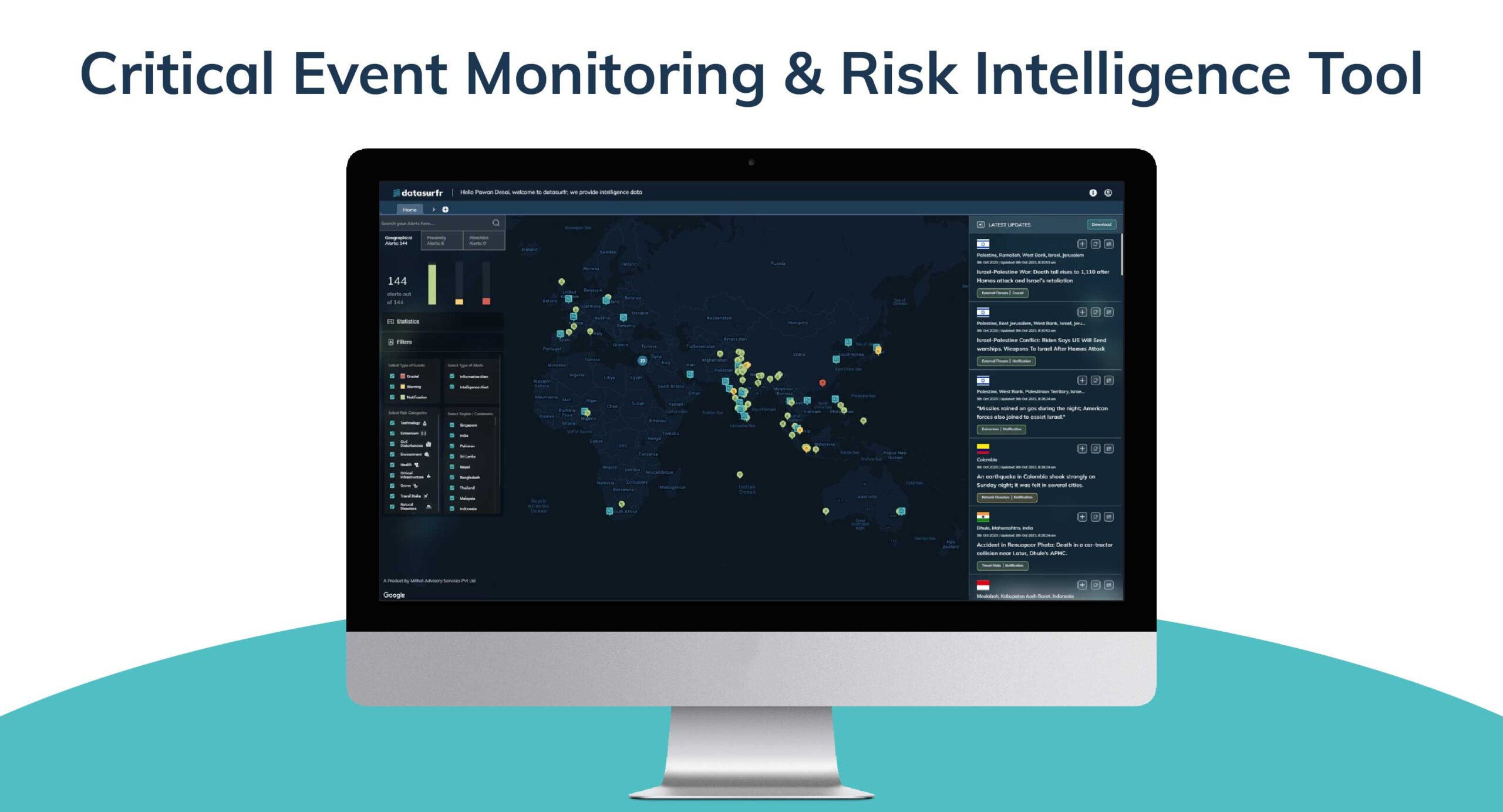Locations Affected: Worldwide
On 22 July, the World Health Organization (WHO) warned of a major global risk of a chikungunya virus epidemic and called for immediate preventive measures. According to WHO, early warning signs have been detected, resembling the previous major outbreak between 2004 and 2005 across the Indian Ocean region, which affected nearly half a million people. Since the beginning of 2025, previously affected Indian Ocean islands such as Réunion, Mayotte, and Mauritius have reported chikungunya outbreaks.
Transmission of Chikungunya Infection
Chikungunya is a viral disease transmitted to humans by the bites of infected female mosquitoes, primarily Aedes aegypti and Aedes albopictus. It was first identified in Tanzania in 1952, and the first urban outbreaks were recorded in Asia during the 1970s. Since 2004, chikungunya outbreaks have become increasingly frequent, with the virus detected in 119 countries. Aedes albopictus, also known as tiger mosquitoes, have spread farther north due to warmer climates associated with climate change.
Reports of Infection in Different Regions
- The infection causes fever, severe joint pain, and in some cases, long-term disability. Symptoms like joint pain may persist for weeks or months. Individuals with pre-existing health conditions and older adults may experience additional complications. The disease has no specific treatment or vaccine. Diagnosis is often challenging due to symptom overlap with dengue and Zika virus infections.
- An estimated one-third of Réunion’s population has already been infected with chikungunya. Epidemic-level transmission is currently occurring in South Asia and Southeast Asia, including India.
- Europe has recently reported imported cases linked to the Indian Ocean outbreak, as well as instances of local transmission in France. Since 01 May, France has recorded over 800 imported chikungunya cases. A suspected case was also detected in Italy in July.
- Although the case fatality rate is below one percent, WHO officials warn that a widespread outbreak could result in thousands of casualties. Regions with low population immunity could experience large-scale epidemics, with up to three-quarters of the population potentially infected.
Impact on Businesses and Recommended Preventive Measures
Outlook: WHO hopes that its early warning will enable countries to prepare in advance, detect cases early, and strengthen healthcare capacities to prevent major outbreaks. Potential outbreaks could result in workforce absenteeism, higher operational costs due to protective measures, and temporary work stoppages, leading to significant business disruptions. WHO emphasizes personal and community-level precautions, particularly in high-risk regions. Global health authorities are urged to increase surveillance, promote public awareness, and implement vector control programs to curb the spread. Individuals are advised to use mosquito repellents, install mosquito nets, wear long-sleeved clothing, and eliminate stagnant water to prevent mosquito breeding.






